With increasing population, food production and industrial activities, demand for multiple usage of water is multiplying every year. More over due to human activities, water pollution is becoming a major problem. Though more than 70 per cent of the surface area of the earth is covered by water, less than of three percent of all available sources of water are safe for consumption. In India, though sweet water resources are in abundance, their distribution across the geographical area is not uniform and therefore some areas have frequent floods while some other parts face frequent drought. India which is developing on a faster pace, has also nearing to a situation where water stress is being felt. This is also leading to make water a marketable commodity and may cause serious problem to the poor, specially in rural areas. It is in this context, "democratisation of water" is gaining importance. Unless we manage our resources efficiently and judiciously, and ensure equitable access to water by all section of the population, we may face water crisis in different parts of the country, specially in water scarce regions.The time has come to take water management seriously. The national institute of rural development which is an apex organization of the government of India for Training and Research in all aspects of Rural Development, takes up such issues from time to time for discussion at the national and international levels through workshops and seminars, specially during institutes foundation day celebrations. For NIRD’s foundation day celebration during 10-12 November, 2006, "Democratisation of Water" was selected as the subject for the seminar in which more than 100 academicians, experts, activists and professionals from across the country, concerned with water and environment participated, and many of them presented papers based on their research, experience and observations. This volume is the outcome of the papers presented and discussed in seminar on "Democratisation of Water."
View cart “Bengal District Gazetteers: Bhagalpur” has been added to your cart.
Democratisation of Water
$93.60
$104.00
In stock
Free & Quick Delivery Worldwide
All orders amounting to US$ 50 or more qualify for Free Delivery Worldwide. For orders less than US$ 50, we offer Standard Delivery at $14 per book.
ABOUT THE AUTHOR B.K. Thapliyal
Dr. B.K.Thapliyal is currently professor and head of the Center for Agrarian studies and Disaster Mitigation (CAS & DM) at the National Institute of Rural Development, under the Ministry of Rural Development, Government of India. Dr.Thapliyal specializes in Micro Planning, Agrarian systems, Land and Disaster Management. He has authored 15 books and more then 30 research articles in National and International journals. Dr. Thapliyal has widely traveled and participated in a number of international seminars and also organized many international seminars and training programmes on the above subjects in India and other countries.
ABOUT THE AUTHOR P. Shiv Ram
Dr. P. Shivram is Associate Professor on the center for Human Resource Development (CHRD) at NIRD and specialized in development end management of drinking water and rural sanitation. He has couple of books and many research articles in national and international journals to his credit.
ABOUT THE AUTHOR S.S.P. Sharma
Dr.S.S.P. Sharma is professor and head of the center for water and land management (CWLM) at NIRD. Dr. Sharma specializes in Environmental Economies and has participated in number of National and International Seminars and Workshops in India and abroad on subjects related to environment and water management. He has authored four books several research articles in National and International journals on the subjects related to environmental economics, watershed development and water management.
ABOUT THE AUTHOR U. Hemant Kumar
Dr. U. Hemant kumar is Assistant Professor in the center for water land Management (CWLM) at NIRD and specializes in irrigation Management and Natural Resources Management and natural resources management. He has authored a number of research articles in national and international journals
reviews
0 in total
Review by Anonymous
Be the first to review “Democratisation of Water” Cancel reply
You must be logged in to post a review.
Bibliographic information
Title
Democratisation of Water
Author
Edition
1st ed.
Publisher
Serials Publications, 2008
ISBN
9788183871624
Length
xvi+656p., Map; Tables; Figures; References; Index; 24cm
Subjects
more by S.S.P. Sharma see more
similar bookssee more
Air Pollution
$56.70
$63.00

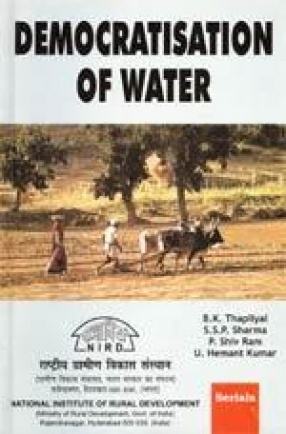
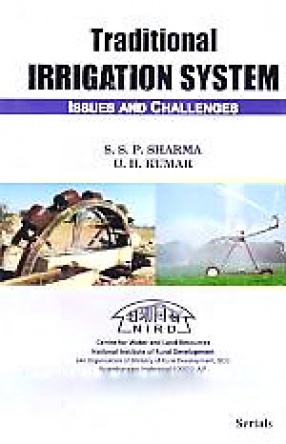
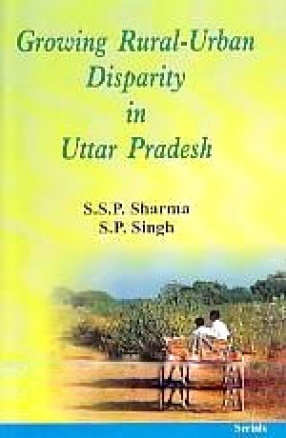
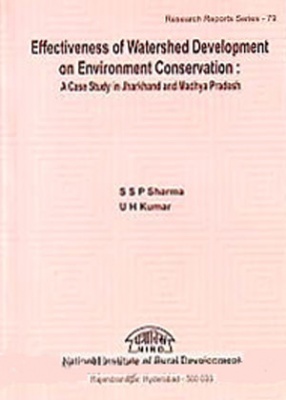
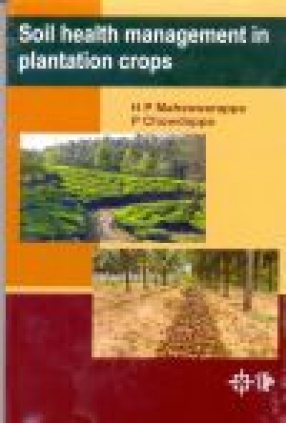

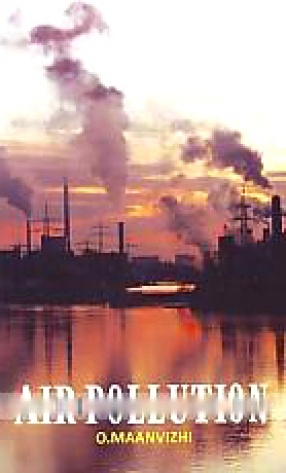
There are no reviews yet.